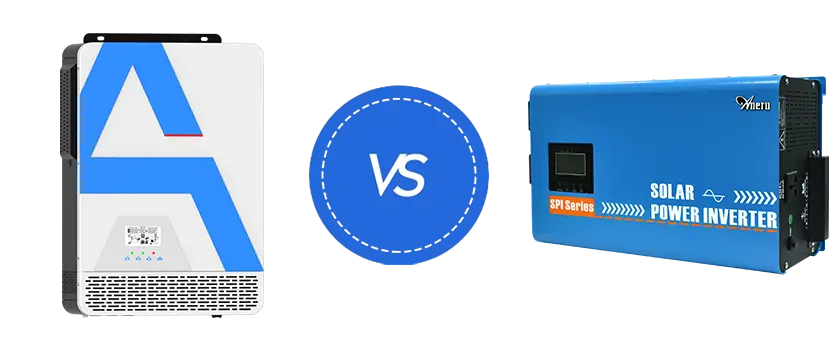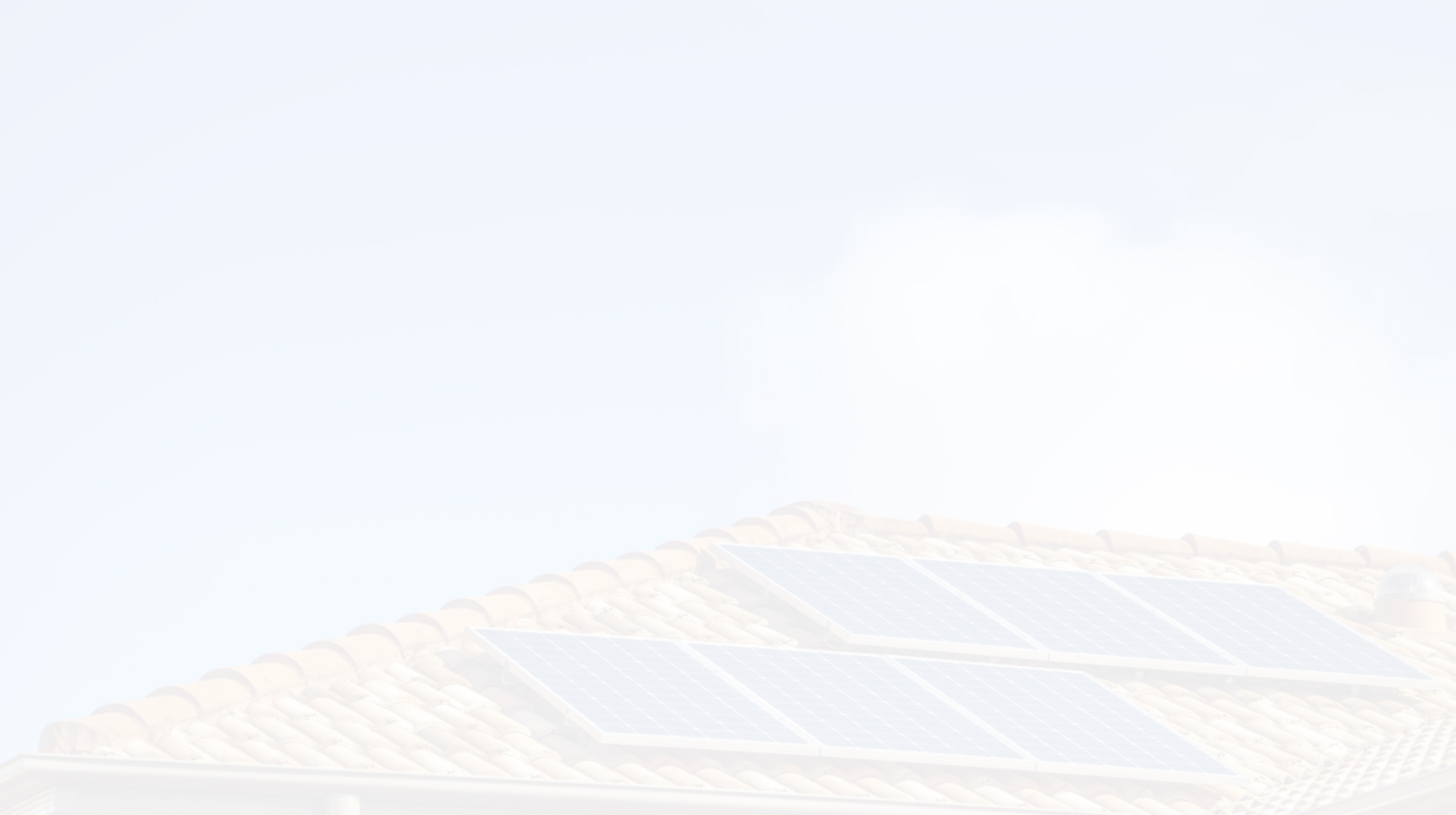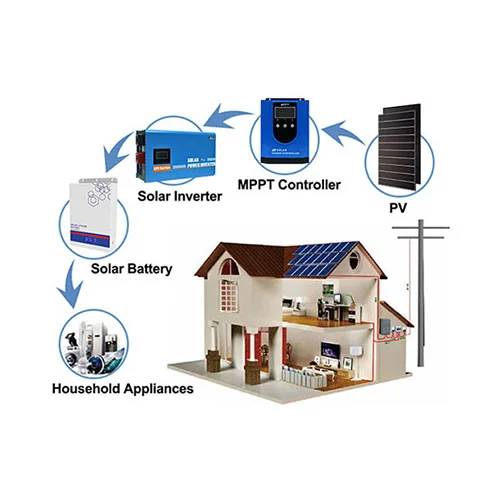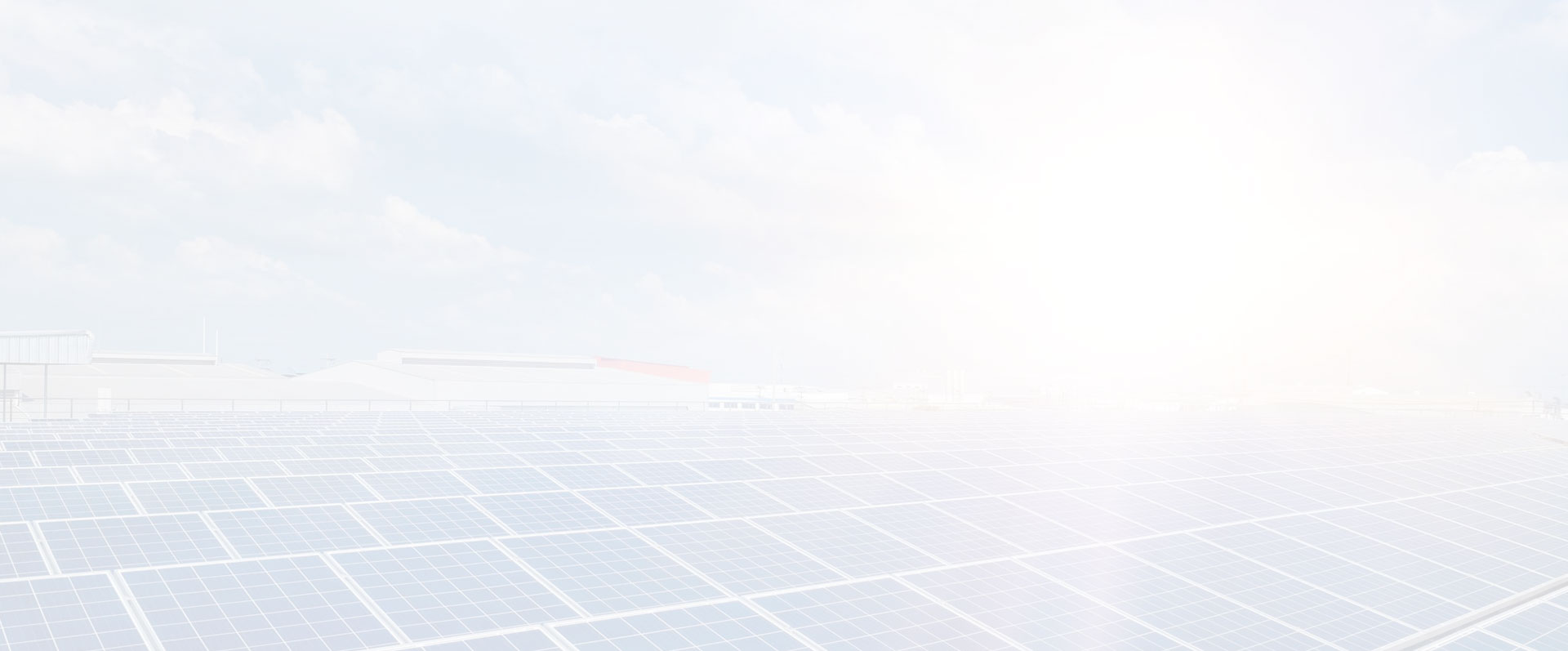
Anern has the WSPI series and the SPI series low-frequency solar inverters. The AN-WSPI low-frequency hybrid inverter is the best choice for small household inverters, stores, and other solar energy generation needs. The AN-SPI low-frequency power inverter with UPS function is the first choice for large-scale solar power system sales for industrial, commercial, and ground power stations.

High-frequency inverter
usually has higher conversion efficiency and can effectively reduce energy loss.
Low-frequency inverter
relatively low efficiency and large energy loss.
High-frequency inverter
Frequency range: 3MHz to 30MHz (mostly 2kHz to 100kHz in actual applications).
Signal characteristics: rapid changes, mutation, suitable for high-speed data transmission or high-frequency signal processing.
Low-frequency inverter
Frequency range: 30kHz to 300kHz (or 10Hz to 1kHz, depending on the specific application).
Signal characteristics: slow changes, smooth waveform, suitable for occasions with high requirements for signal stability.
High-frequency inverter
Usually has a longer service life because of its high working efficiency, low heat generation, and reduced loss of internal components.
Low-frequency inverter
Due to the low operating frequency, although it can be used for a long time, it generates a lot of heat, which may cause the aging of some components and a relatively short service life.
High-frequency inverter
Widely used in applications with high requirements for volume, weight and efficiency, such as solar photovoltaic power generation systems, portable electronic equipment power supplies, etc. In these applications, high-frequency inverters can provide efficient power conversion in a limited space to meet the performance requirements of the equipment.
Low-frequency inverter
Commonly used in applications with strict requirements on output waveform quality, large load power and not very sensitive to volume and weight, such as industrial motor drives, large UPS (uninterruptible power supply) systems, etc. It can provide stable, high-quality AC power for high-power loads to ensure reliable operation of the equipment.
In summary, high-frequency inverters are suitable for applications with high requirements for volume, weight and efficiency, while low-frequency inverters are suitable for users with higher requirements for cost and maintenance convenience. Anern provides a variety of high and low frequency inverters to ensure that all user needs can be met.


Different frequency
The low frequency is 30~300kHz, and the frequency range is 3~30MH.
Different signal
Compared with the low-frequency signal, the high-frequency signal changes very fast and has a mutation. Low-frequency signal changes slowly and the waveform is smooth.
Advantages of both
The advantages of high-frequency inverters are lightweight and small volume, low standby power, and high efficiency. The low-frequency inverter is more durable and has a strong ability to drive impact electrical appliances.
Application:
Low-frequency solar inverters can be used in residential solar power systems to power household equipment such as televisions, refrigerators, washing machines, and air conditioners. With the help of a low-frequency solar inverter, it can provide a powerful guarantee for small-scale solar power generation systems customized projects such as farms and ranches, meeting your power problem at any time. In addition, low-frequency inverters can provide energy in large solar power systems for industrial use such as power stations in areas where utility power is unreliable.

Focus on providing customers with one-to-one services, and one-stop solar system solutions.
Anern has set up a professional R&D team, 70% of the products are exclusively designed.
Anern has cooperated with customers in more than 200+ countries regions around the world, and is a reliable supplier for customers.
Anern factory covers an area of more than 30,000 square meters, and the supply capacity can fully meet any needs of customers.

 What size low frequency solar inverter do I need for my solar power system?
What size low frequency solar inverter do I need for my solar power system?
The size of the low frequency solar inverter you need depends on the size of your solar power system and the electrical load you plan to connect to it. A professional installer can help determine the appropriate size of the inverter for your specific needs.

 Can low frequency solar inverters be used in grid-tied solar power systems?
Can low frequency solar inverters be used in grid-tied solar power systems?
Yes, low frequency solar inverters can be used in grid-tied solar power systems. However, they are more commonly used in off-grid or remote locations where grid-tied systems are not available or practical.

 What is low frequency solar inverter?
What is low frequency solar inverter?
The low frequency inverter uses a low frequency transformer to boost the voltage. It first converts the DC current into low-frequency low-voltage AC, and then boosts it into 220V50Hz AC for the load through the power frequency transformer.
The operating frequency of the low frequency transformer generally refers to the power frequency of 50Hz or 60Hz. The signal changes slowly and the waveform is smooth.

 How does low-frequency solar inverter work?
How does low-frequency solar inverter work?
The low-frequency hybrid solar inverter uses high-speed power transistors at the same power frequency to convert direct current into alternating current for the load to use.

 What is the difference between low frequency solar inverter and high frequency solar inverter?
What is the difference between low frequency solar inverter and high frequency solar inverter?
The characteristics of low-frequency solar inverters are: simple structure, more stable, can operate at higher peaks, and higher tolerance to industrial loads.
The characteristics of high-frequency inverters are: small size, higher conversion efficiency, and lighter weigh.

 What does low frequency solar inverter do?
What does low frequency solar inverter do?
Solar inverters are an integral part of solar power systems, and low-frequency inverters can fully meet the needs of various solar power system solutions ranging from home off-grid solar power systems to commercial solar energy storage systems.

 Advantages of low frequency solar inverters?
Advantages of low frequency solar inverters?
The low frequency solar inverter has a simple structure, stable and reliable operation, strong overload capacity, and strong shock resistance. Superior to high-frequency inverters in two areas: peak power capacity and reliability. Low-frequency inverters are designed to handle higher power spikes over longer periods of time than high-frequency inverters.

 Is low frequency inverter better?
Is low frequency inverter better?
Whether a low-frequency inverter is better depends on the specific application and requirements. Low-frequency inverters have some advantages over high-frequency inverters.
Advantages of hybrid inverter low frequency:
Better power quality: Low-frequency inverters produce a cleaner sine wave output with less harmonic distortion, which can lead to better power quality and less interference with other electrical devices.
High surge capacity: Low-frequency inverters can handle high surge loads, such as starting up electric motors, more easily than high frequency inverters.
Better reliability: Low-frequency inverters have a simpler and more robust design, which can lead to greater reliability and longer lifespan.

 Do low frequency solar inverters require maintenance?
Do low frequency solar inverters require maintenance?
Yes, like any electrical equipment, low frequency solar inverters require regular maintenance to ensure optimal performance and longevity. Regular cleaning, inspection, and testing are recommended to prevent potential issues and extend the lifespan of the equipment.